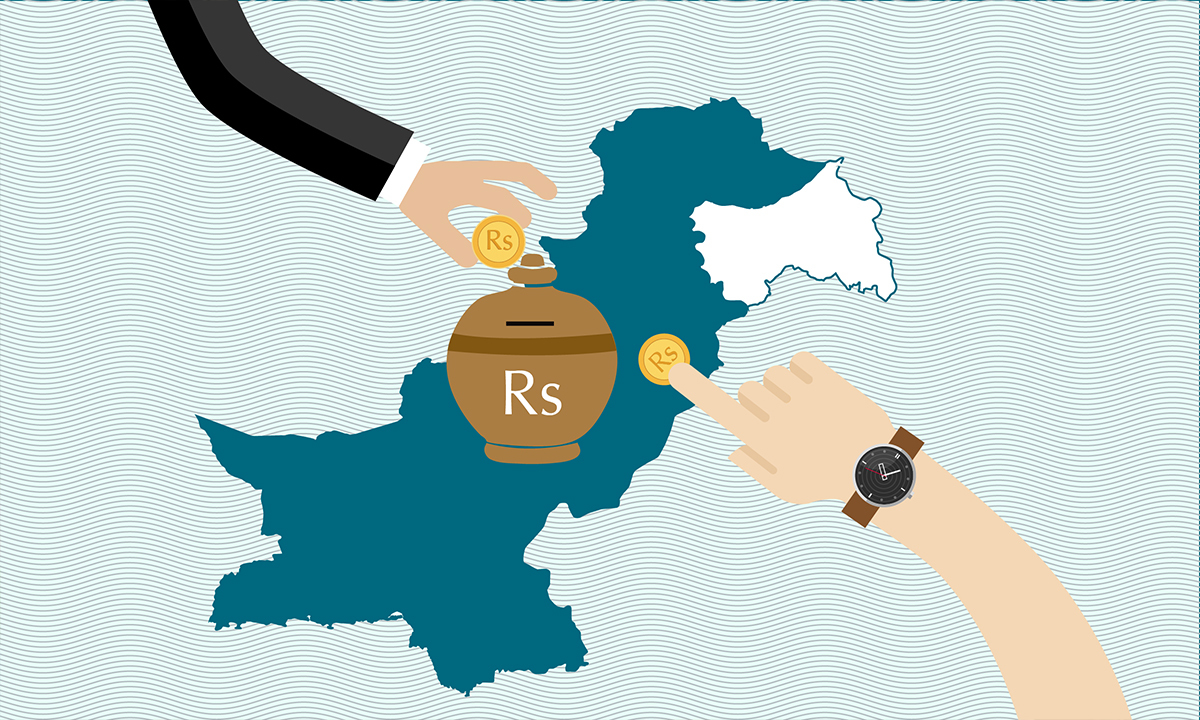
If you ask a serious politician what matters most you will eventually, after much flag-waving and God-appealing, get the answer: jobs for the young. Not make-belief government jobs but private sector jobs that transform lives in two generations as they have in Korea, Thailand, Malaysia, and in China as well as Turkey more recently.
So where is the money to create such jobs?
It takes a lot of investment to create the needed 1.5 million new jobs every year. To improve the quality of jobs, most of these will have to be in vibrant and internationally competitive manufacturing. How much investment depends on how efficiently we design projects and how much work they generate. A good guess is that we need an annual investment of 50 to 60 billion US dollars—twice as much as what we have now.
Also read: What do you believe in?
How do we pump an additional 20 billion US dollars annually into the economy to create the needed jobs, mostly in the private sector? Some of the money will have to be mobilized by the government. This is because private projects need public infrastructure: roads, railways, ports, and security. Also, the government spending on healthy and educated workers will be crucial for profitable private enterprise.
Where will the government money come from?
In the past, our government has mobilised money by taxing citizens, borrowing from future generations (debt) and, let’s admit it, groveling to rich countries (foreign aid). Realistically speaking, some debt and foreign assistance will still be needed but we can’t rely on these too much for sustained job creation.
There is thus no escaping the need to collect more tax revenue. Out of our population of 190 million, four million should pay taxes. But only about one million actually do. The government has to learn from tax administration in other countries to tax the money hidden here or stashed abroad. Let’s hope the coming budget will begin to tackle this.
But most of the money needed to create jobs will come from private investment. Foreign investment associated with the China-Pakistan Economic Corridor (CPEC) – about 40 billion dollars over several years – facilitated by the two governments, will boost up private investment. But will CPEC generate enough employment? That depends on how well anchored the corridor investments are in Pakistan’s economy (and not just our geography).
Also read: CPEC—Corridor of power
Several questions need to be thought through. Are we planning to locate our industrial clusters close to the corridor? Are the industrial clusters supported by modern infrastructure? Are we skilling up our workers for employment in the projects coming up? Are the Chinese companies being encouraged to undertake joint ventures with local companies?
We also need to think beyond China. Are we allowing our private sector to spread its wings by linking up with other growth nodes across the borders – India, Iran, Central Asia – to maximise job creation in Pakistan? Are we removing policy, regulatory and security hurdles that stunt the private sector?
Lets start thinking seriously about these questions to ensure more and better jobs for Pakistanis.
The writer is an economist and a professor at Lahore University of Management Sciences.







